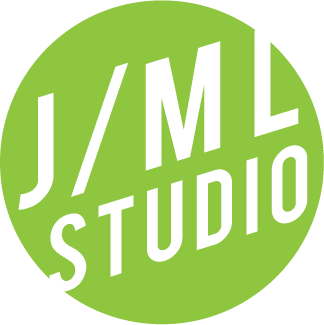When I start a project I want nothing more than to identify the problem first. Clients will oftentimes come to me with their solution without even identifying the problem they want to solve. When that happens, the solution is usually not the solution to their problem but rather, influenced by something they read or saw, and tunnel-vision starts to set in. Suddenly, they have to find problems that fit their shiny, new solution, problems that might not have been problems at all. Seems a little backwards.
Lets take paths for example. No, not vector paths, actual physical pathways, trails, the path through the forest or through your neighbors back yard, or the paths through a park. There are sanctioned pathways and there are natural pathways. The goals for both are the same: to get from point A to point B. With sanctioned pathways, the goal is not only to get to point B but also to get there in a way that is safe and does not trample the environment even if there are several direction changes in between. For the unsanctioned (natural) pathways, the goal is to get to point B in the fastest and most efficient way possible because we are l̶a̶z̶y̶ efficient.
When a civil engineer (basically a UX designer but for streets and sidewalks) adds turns, especially when those turns seem like unnecessary obstacles (whether they are unnecessary or not does not matter), users tend to without even thinking about it, make their own faster, more efficient path. What is the fastest way from point A to point B? It is a straight line. Sure, the grass has been beaten down and receded a little to create this natural path but it is just so much easier now.
In civil engineering, those natural pathways are referred to as “desire lines” (or desire paths). I like to use desire lines as an illustration of how human behavior should inform thoughtful UX design.
By creating desire lines, users have hacked the pathway, essentially, to create a newer, better use. That happens for products and software all the time (see: Exhibit A above). Product designers can either use that information about their users behavior to adapt or to obstruct. Only one of those strategies actually leads to success.
Identify the Goal and the Problem First
So, with desire lines and pathways we have a goal, a problem, and several solutions. The goal as we already know is to get to point B without destroying the environment. The problem is the sanctioned pathways are not used in preference to natural pathways. What are the obstacles that are causing people to stray? How damaging is straying to the environment?
You have two choices: make your product harder to hack with rigid constraints, or make your product adapt to new uses and use human behavior as a guide.
Identify All Possible Solutions
The solutions therefore, have two distinct approaches. One approach is build barriers or create obstacles, to use the information you have about human behavior as a means of control or to inform methods of constraint. In effect, make your product (the sidewalk, in this case) harder to hack with more rigid constraints. The other approach is to use the information you have about human behavior as a guide, and make your product adapt to new uses, allowing natural pathways to flourish.
You need to look at desire lines as a communication from your users about what they want from your product. When you allow user feedback and communication to inform the evolution of a product, you get a product that users actually want to use and they are less likely to seek out a different solution that might fulfills those needs. I know, it is crazy, but users tend not to put up with a company that throws up unreasonable obstacles that prevent them from getting the most out of a product.
Seize that opportunity and use desire lines as the blueprint for designing a product with your users in mind. With those natural pathways in place, your product will be a fulfilling and enjoyable experience for your users, which will draw them in and keep them around.

